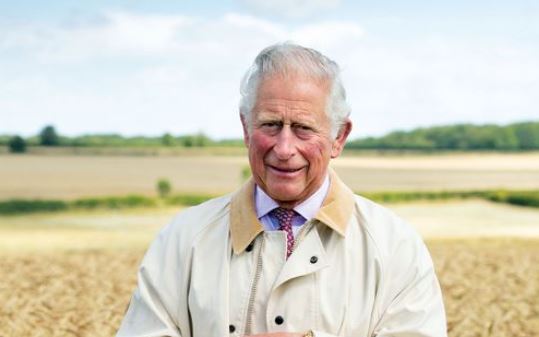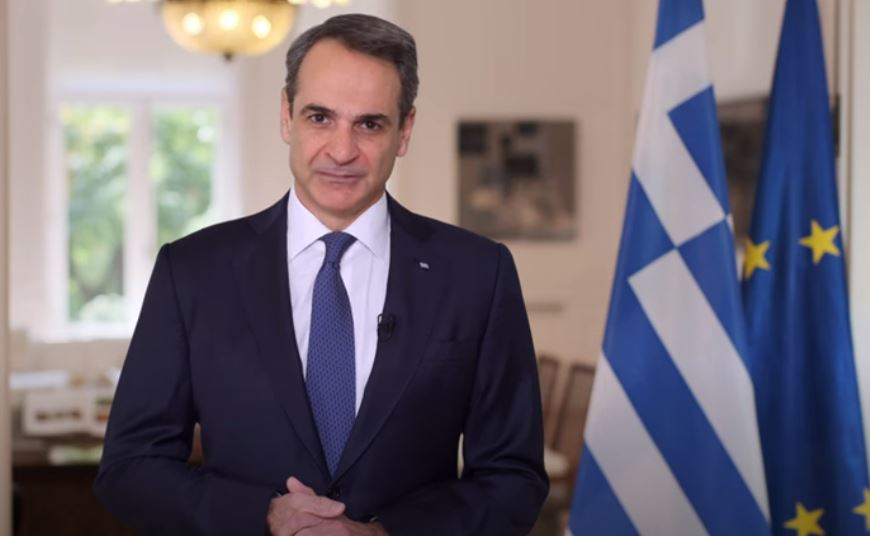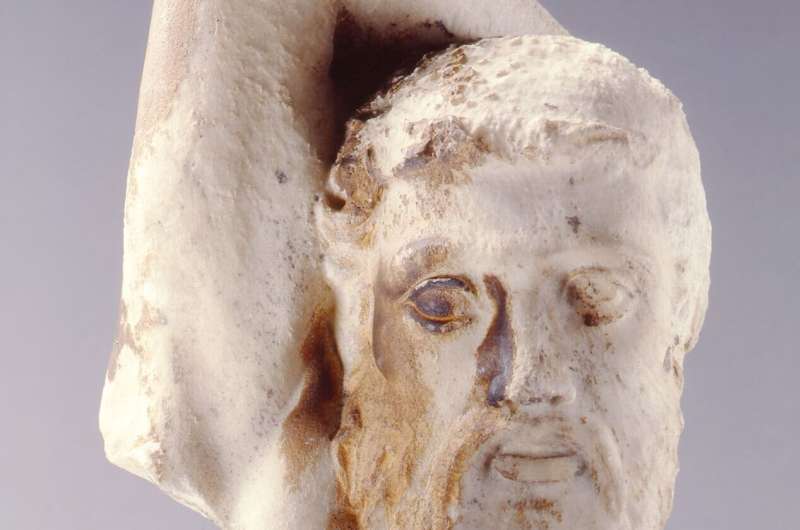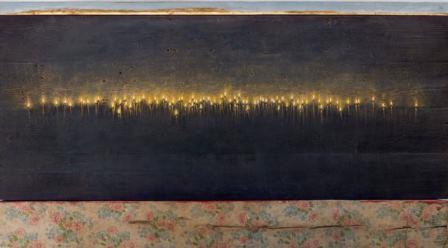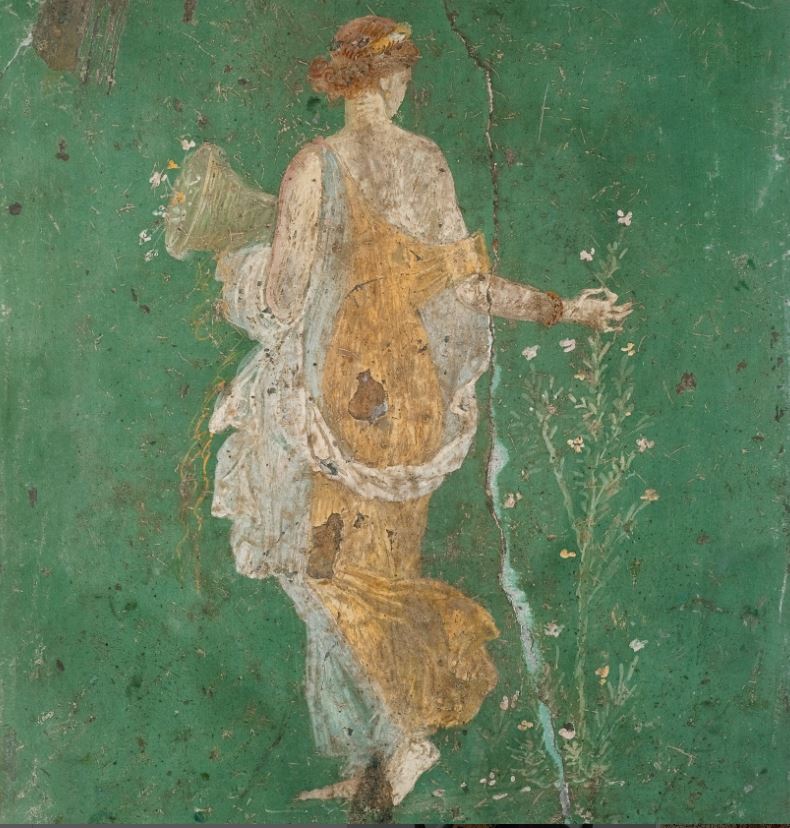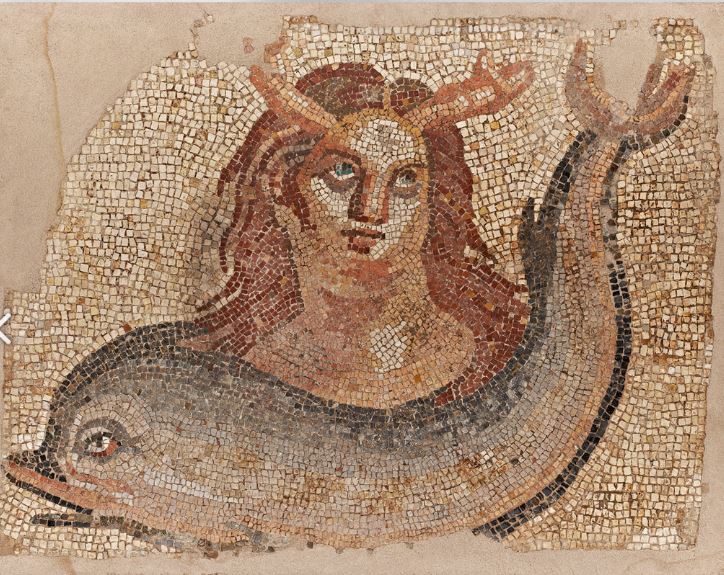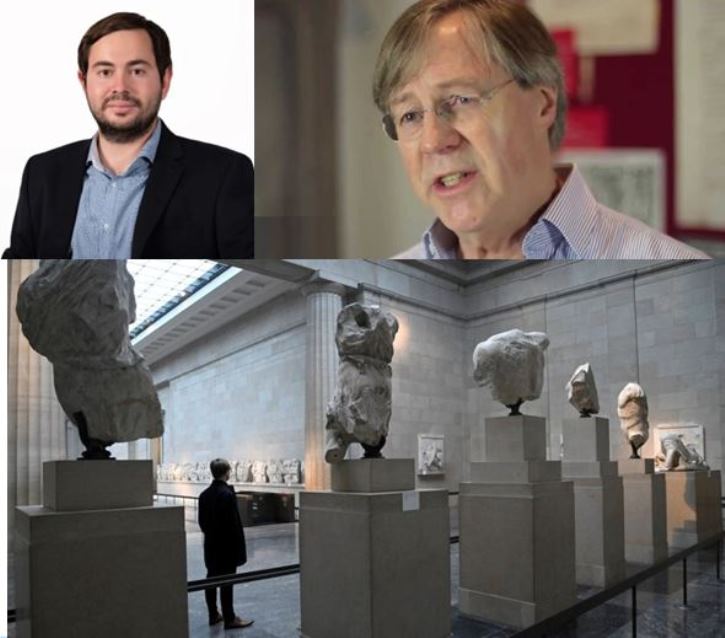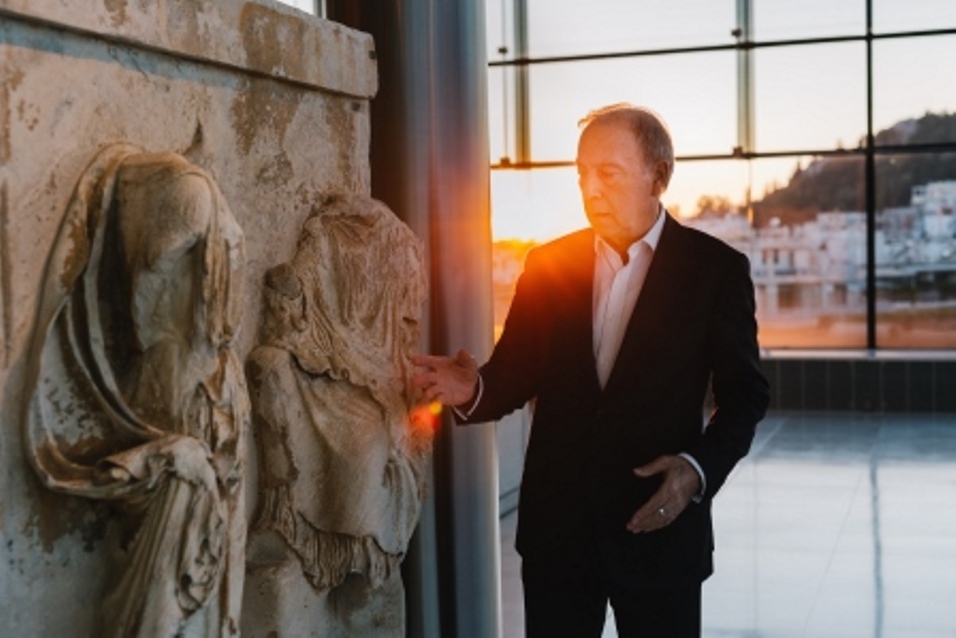I firmly believe that the sculptures should be returned to Athens and reunited with the others in the beautiful Acropolis Museum.
Victoria Hislop, author and member of the BCRPM
Author, Victoria Hislop, launched her latest book 'The Figurine' last year in the UK, and on the 25th of January this year, the book, translated into Greek, and entitled 'To Eidolio', was launched at the Acropolis Museum. The Museum’s Director, Nikos Stampoulidis, introduced the book before Victoria was interviewed by Alexis Papahelas, Editor-in-Chief of Kathimerini.
Victoria Hislop joined BCRPM in March 2021 but it feels as though she has been a supporter forever.
Press coverage reflected Greece's love for this author as much as the love this author has for Greece. Kathimerini's article post Victoria's book launch in Athens explains that 'The Figurine' (published in Greek by Psichogios), addresses the issue of antiquity theft.
"I think the extent of the looting of antiquities and the long and complex chain of intermediaries who profit from it really surprised me. And, of course, the lack of scruples of those who have benefited, even the famous auction houses who in the past have deliberately overlooked the “history” of how certain objects were acquired,” explains Victoria.
"There are some very notable examples of illegality that are better known than figurine thefts" continues Victoria. "The Parthenon Marbles for example, which is a huge issue for Greece – and should be for the British as well. I firmly believe that the sculptures should be returned to Athens and reunited with the others in the beautiful Acropolis Museum. And on this there are developments. There is dialogue between Greece and the chairman of the British Museum. But for now, the British Museum is not going to change its fundamental belief that the sculptures “belong” to it. They are currently looking for a new director and we hope it is someone with understanding as far as the division of these sculptures is concerned. What is really required is for the museum to acknowledge that they acquired stolen property when they bought the sculptures from Lord Elgin. And for two centuries they have been endlessly repeating to themselves, and to their visitors, the same lie: that the sultan gave official permission for Elgin to take the sculptures. I believe that one day they will be returned, but not until we have a change of government, a more enlightened one. We still have the government that brought about Brexit and who believe in some kind of superiority of Britain over the world – and that we have a right to own these works of art. This is not an open-minded position."
To read the full article, follow the link here. To watch the promo video for the book's Greek version, follow the link to YouTube.
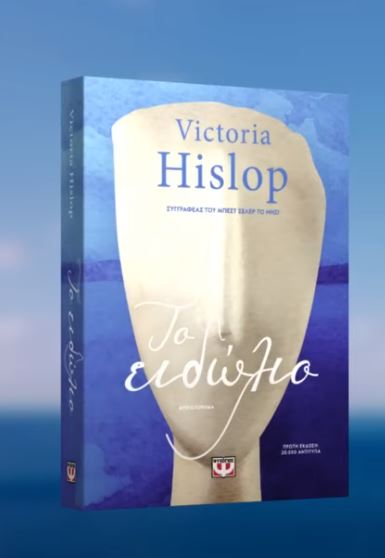

George Dalaras, Victoria Hslop, Nikos Stampolidis and Anna Dalaras
On 30 January another interview was published, following on from Victoria's presentation at the Thessaloniki Concert Hall as part of the second cycle of events "Writers of the world travel to the Concert Hall". Victoria is quoted: "If something is stolen from another country, it must return to its home . Already countless things from other major museums in the world have been returned to the right place. Although the British Museum is conservative, I think it should open its eyes, and UK politicians should listen to society", referring to the UK opinion polls showing that a majority continue to support for the reunification of the Parthenon Marbles.
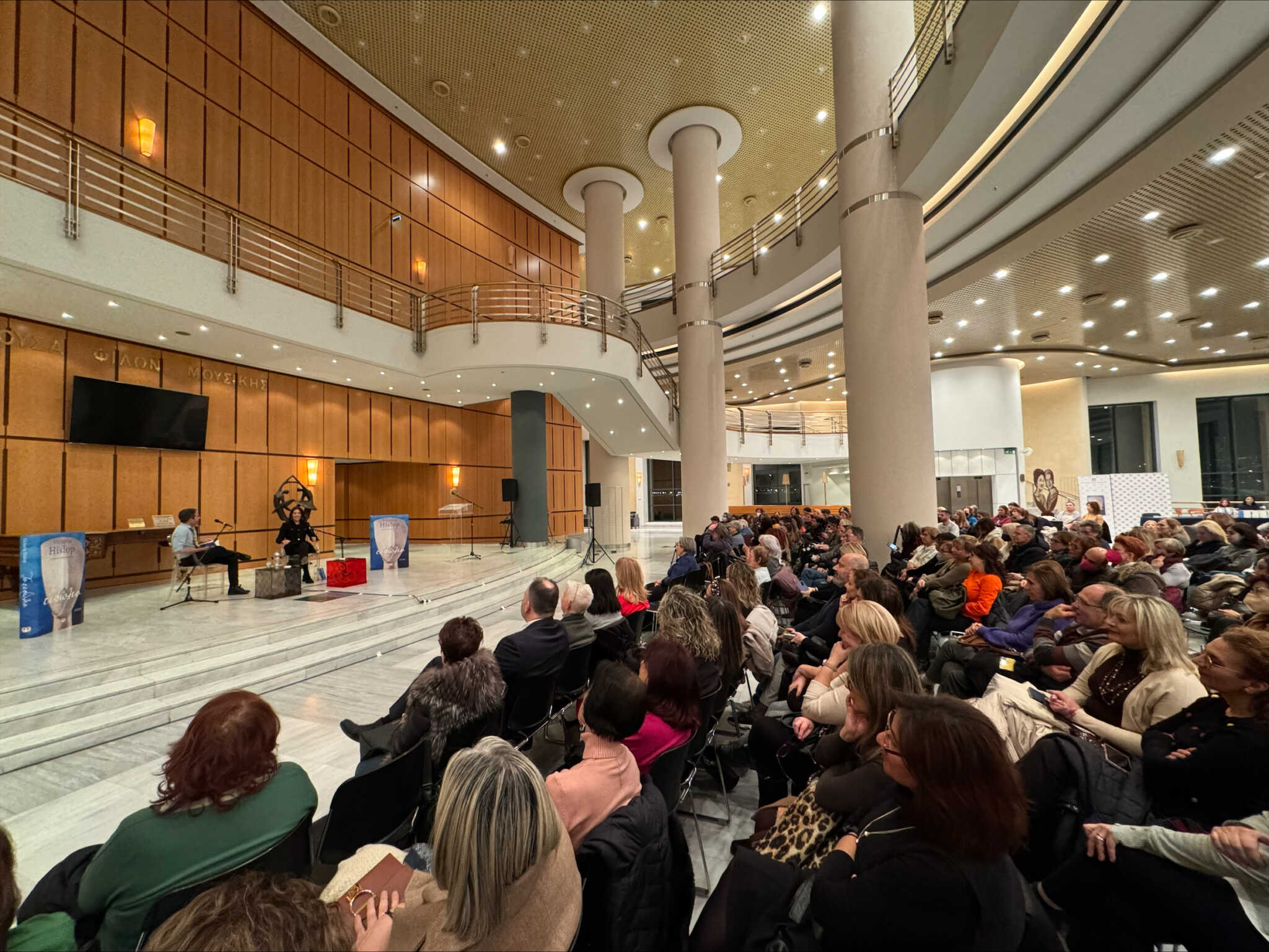
Thessaloniki Concert Hall, the second cycle of events: "Writers of the world travel to the Concert Hall"
Victoria agreed with Dr. Papakostas, who described antiquities as "rape of cultural heritage" and explained how much historical information is lost when artefacts are removed from their place of origin. Victoria Hislop admitted that it was only five years ago that she realized how important archaeology is, and she estimated that many people still do not understand it.
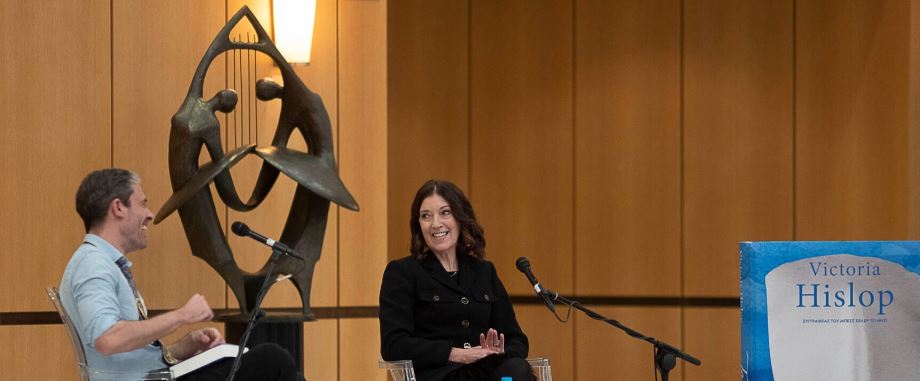
Dr. Papakostas in conversation with VIictoria Hislop
Tina Mandilara also interviwed Victoria on 02 February for Proto Thema. "In addition to the Greek language, which she learned by taking intensive lessons, Hislop speaks with passion and love for Greece that, as one review wrote, "overflows through her every word." Especially her new voluminous - almost 600 pages - book "The Idol" literally runs through the entire spectrum of Greek History, since it starts from the days of the military coup of '67 and then moves on to present day Greece."
Tina addresses with Victoria the plight of the Parthenon Marbles: 'Regarding the argument that PM Sunak refused to meet PM Mitsotakis after the Greek prime minister's interview with the BBC, Hislop counters that "it is nonsense. How was it possible for the Greek prime minister not to discuss such an issue and, even more, how is it possible to omit it from the agenda? It doesn't make any sense." Of course, she says that this negative outcome was ultimately for good since "we who fight for the return of the Parthenon Marbles were also heard. We sincerely thank Sunak for what he did in that respect." Concludes Victoria Hislop.

